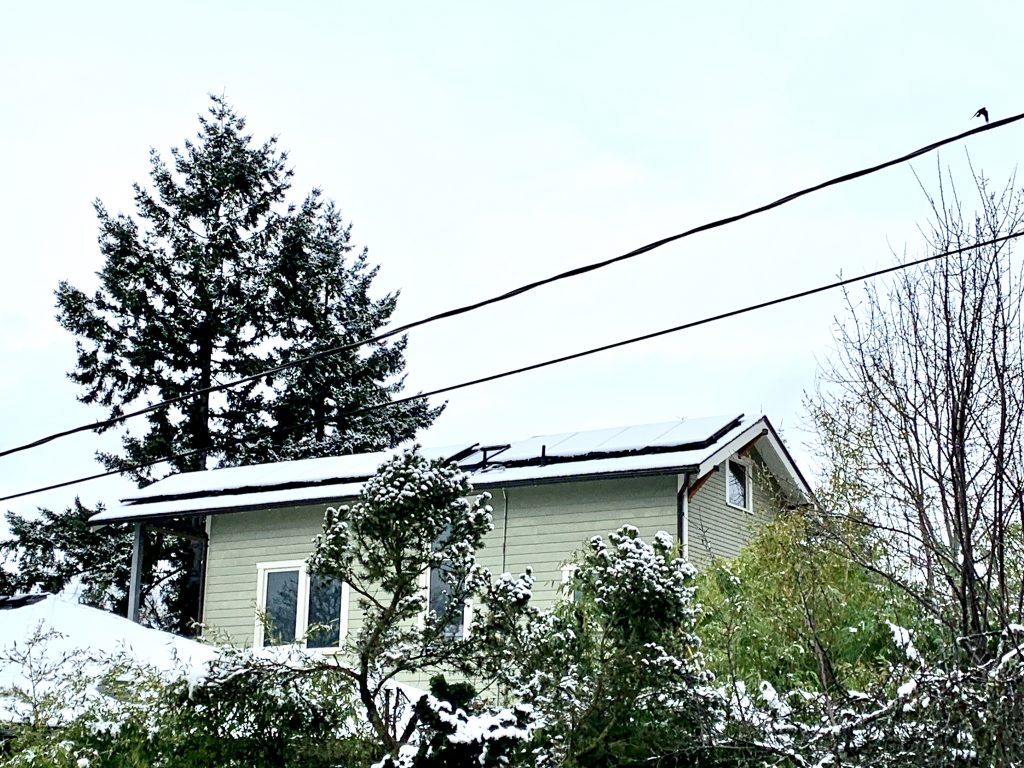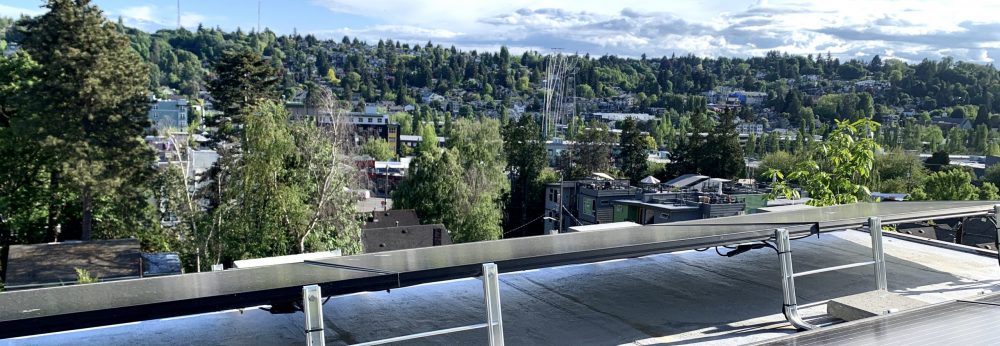Snow days can be fun, but also disruptive to our everyday lives, and everyday solar production. What happens when snow covers your solar array?
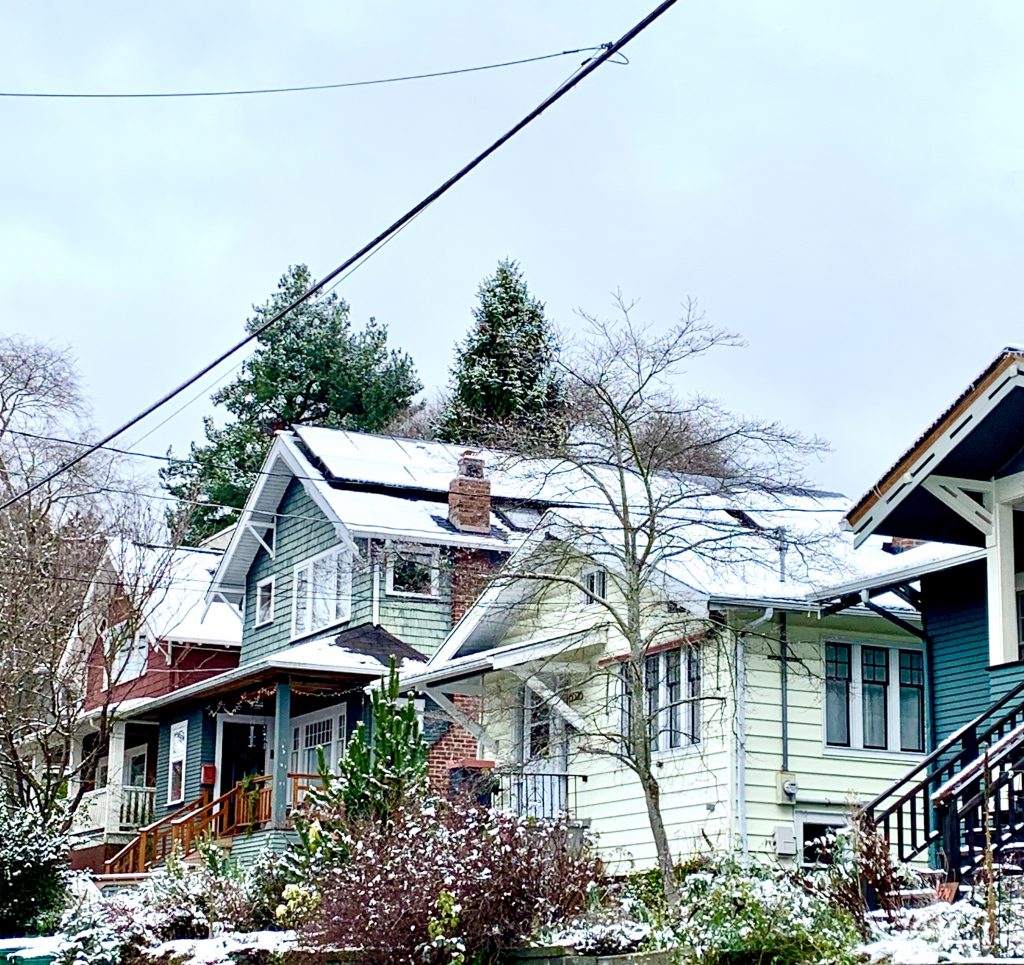
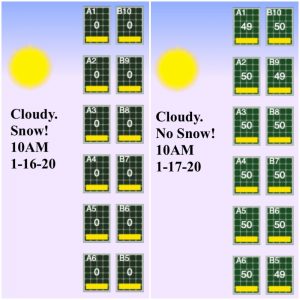
Panels are placed on the most solar radiant roofs, always in an inclined position. Include any rising warmth of the house below and snow doesn’t typically last too long.
Solar installations adhere to local building codes. Therefore even with snow the solar installation does not exceed the load rating for your roof. Rest easy. Panels weight 2-4 lbs. per sq ft. This distributed weight is equivalent to an additional layer of roofing shingles. 🏋🏻♀️
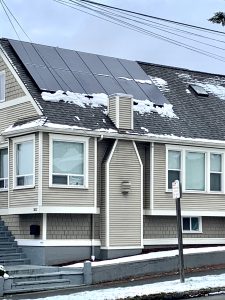
The steeper the roof the faster the material slides off. In colder climes the snow might stick to your modules for longer. A cloudy winter day is slowest time for solar production. In the long sunny summer days this same solar array might create 2-3 times what the house needs.
Seasons change, and so does your solar production! Weather trends, including amount of snowfall are all accounted for.
My solar estimating will calculate your annual forecast, and properly size the installation. For a grid-tied system, this means Washington State’s Net Metering law is taken into account.
I hope you were able to get out there and enjoy the change in the weather!
